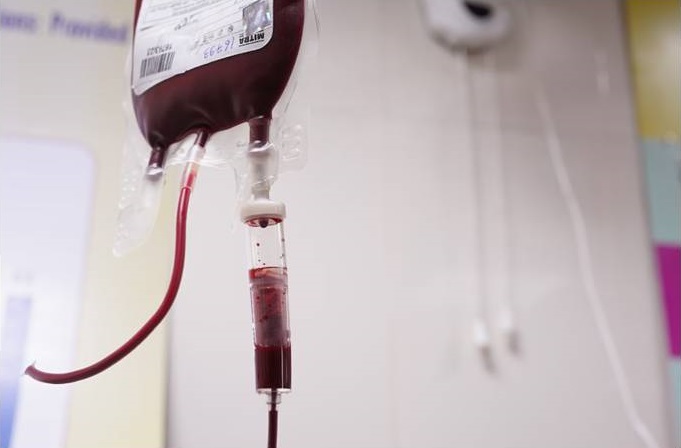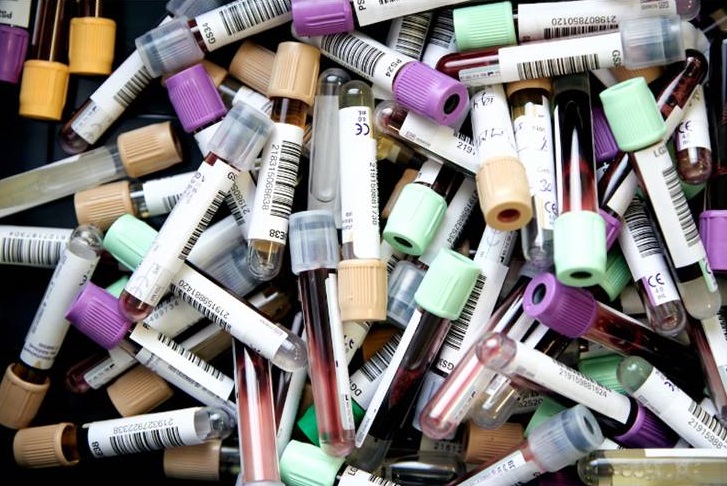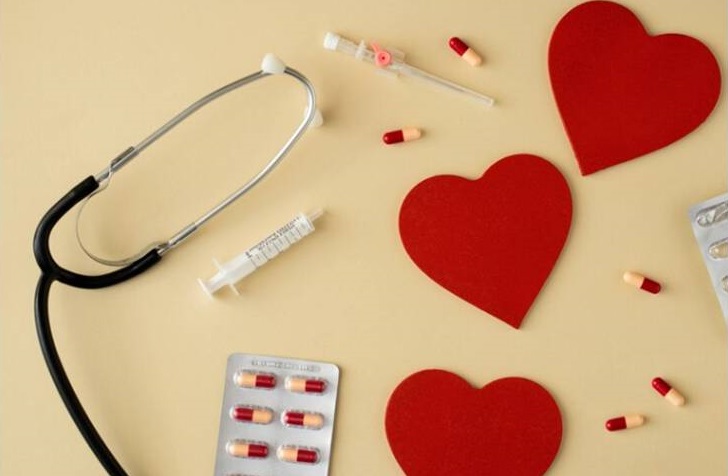
Image of a blood bag on a drip stand during blood transfusion
Image: Blood Transfusion. Photo by Aman Chaturvedi on Unsplash
By Foluke Akinwalere. Freelance Health Writer. With medical review and editorial support by the DLHA Team.
For instance, mistakes in identifying patient blood samples and components lead to many preventable severe adverse effects. Approximately 1 in 13,000 blood component units are transfused to the wrong patient, and up to 1 in 1,300 pre-transfusion blood samples are taken from the wrong patient.[1]
That is why this presentation sheds light on the common adverse effects of blood transfusion:

Patient lying on a hospital bed with apparent fever folowing blood transfusion
Image: Patient with fever after blood transfusion. Photo credit by annastills of Freepik
Immediate recognition and management are crucial for these reactions. Symptoms appear within minutes or up to 24 hours after transfusion.

Image of a man holding on to his abdomen in apparent pain due to liver issues following blood transfusion.
Image: Liver dysfunction as a result of iron overload
They may occur 24 hours or months after transfusion.

Multiple vials containing blood samples from blood draw.
Image: Blood type incompatibility. From Freepik
Blood Type Incompatibility: ABO and Rh incompatibility between donor and receiver can trigger immediate and severe hemolytic reactions.
Prolonged storage of blood units can alter the biochemical composition of red blood cells, reducing their ability to survive in the patient's bloodstream after transfusion. It is better that patients should receive fresh blood with less than 7 days of storage to reduce non-viable RBC levels. [2]

Hands clasping an image of a drop of blood
Image: Safe blood for patient safety
The WHO suggests that haemovigilance should be integrated into national blood and health policies and systems. [3] This allows for ongoing improvement in the quality of the transfusion process which includes taking corrective and preventive actions to enhance patient safety and outcomes, as well as donor safety, while also reducing wastage. [3]
Starting from pre-transfusion considerations to vigilant monitoring during and after the procedure, patient safety must involve a comprehensive approach in terms of:

Collage image showing part of a stethoscope, a synringw and needle, pills and cuts of heart representation
Image: From Freeepik
Swift and precise responses are critical to ensure patient safety and well-being.

A doctor provising information at the bedsie of a patient lying on a bed
Image: Patient being informed about blood transfusion during the consent process. Photo from Freepik.
Empowering patients with knowledge about potential adverse effects is a key component of ensuring their safety and well-being during and after blood transfusion.